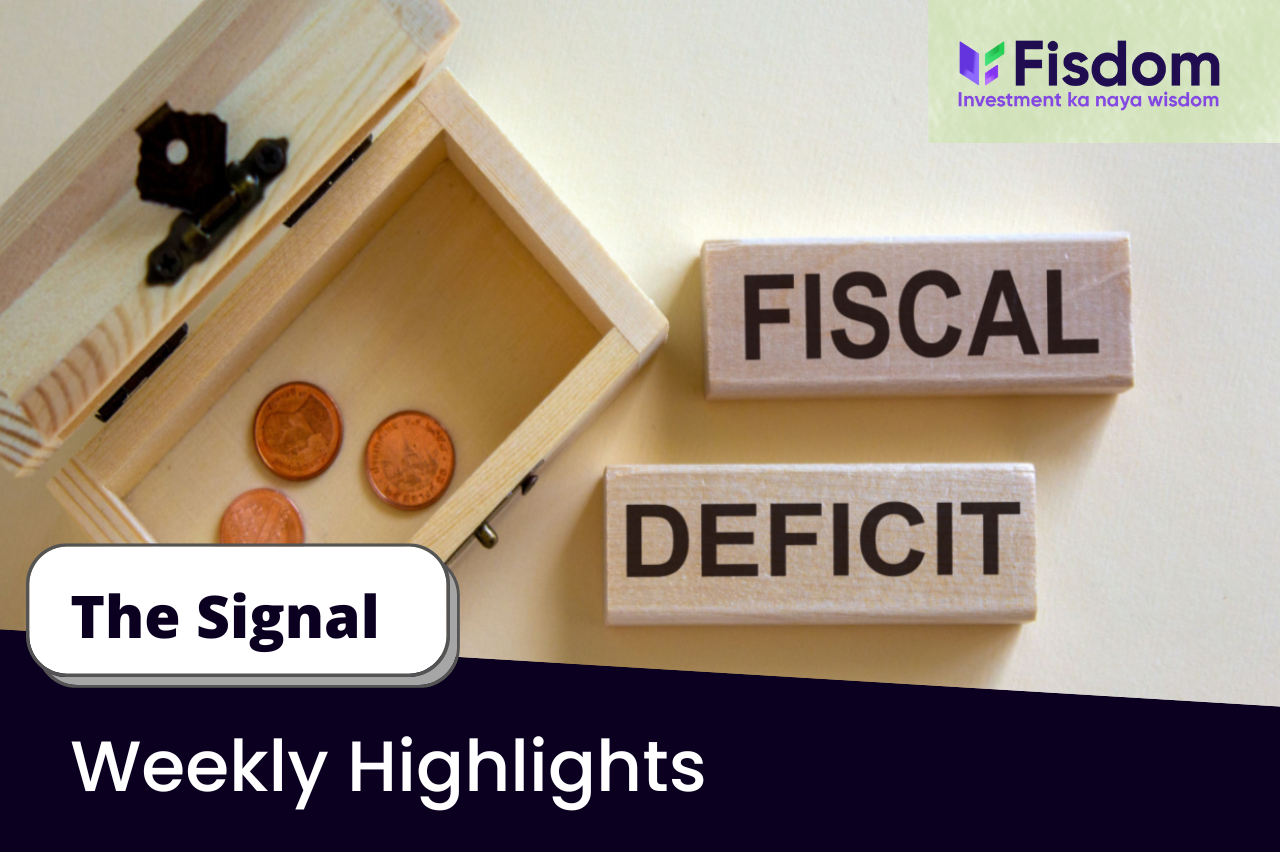

1. RBI Pushes Yield On 10-year G-secs Back To Below 6%
The Reserve Bank of India (RBI) forced down yield on the 10-year benchmark bond below 6% in a special auction of government securities (G-Secs), smoothening the government’s massive borrowing programme.
The OMO operations have managed to successfully bring down the yields in the market with the RBI offering a higher price to banks, which is mutually beneficial as it brings down yields. This appears to be the main aim of RBI to keep yields stable for the government so as to complete the enhanced borrowing programme for FY21.
2. Supply Cuts, Stimulus Helping Crude Prices
Crude oil prices are finding support in supply cuts among key producers and hopes for further US economic stimulus measures to boost demand. Brent crude for April touched a high of USD 59.95 per barrel.
Saudi Arabia’s pledge of extra supply cuts is helping to balance global markets. Stronger crude prices are encouraging other global crude oil producers to increase output. While the lockdowns across parts of Europe and Asia are keeping a lid on fuel demand.
3. Crude, Cracks And Tax Cocktail Pushes India’s Fuel Users To The Brink
The recent inching up of crude oil price to beyond $60 a barrel, has locked domestic petrol and diesel rates at record levels. Petrol price climbed to an all-time high of Rs 87.30 a litre in Delhi, and diesel sold at Rs 77.48 a litre. In Mumbai, petrol sold at Rs 93.83 a litre, and diesel was at Rs 84.36.
A recovery in international prices is expected to keep petrol and diesel prices firm in the country. The price hikes are supported by a gradual revival in global demand and continued production cuts by major suppliers. In India, higher prices are heavily driven by high taxation levied by the central and state governments.
4. Finance Minister’s Tariff Increases Based On New Economic Gambit
Higher import barriers can attract foreign investment from ‘tariff jumping’ investors keen on doing business in the country. The Budget raised import duty on items such as cotton, plastic, leather, gems and jewellery and various electronic items but slashed duty on key raw materials such as naphtha to lower the costs borne by domestic producers.
Our customs duty policy should have the twin objectives of promoting domestic manufacturing and helping get India onto global value chains and export better. The thrust now has to be easy access to raw materials and exports of value-added products.
5. NBFCs To Get Funds Under On Tap TLTRO Scheme For Incremental Lending
RBI proposed to provide funds to NBFCs from banks under on tap TLTRO scheme for lending to some stressed sectors. RBI will conduct on tap TLTRO with tenors of up to three years for a total amount of up to Rs one lakh crore at a floating rate linked to the policy repo rate.
The objective of TLTRO was to improve transmission of rate cuts. It was to support banks by offering durable longer-term liquidity at the repo rate. This can help them lower the rates they charge on retail and industrial loans. The key factor to observe will be monetary policy transmission and credit offtake.






















